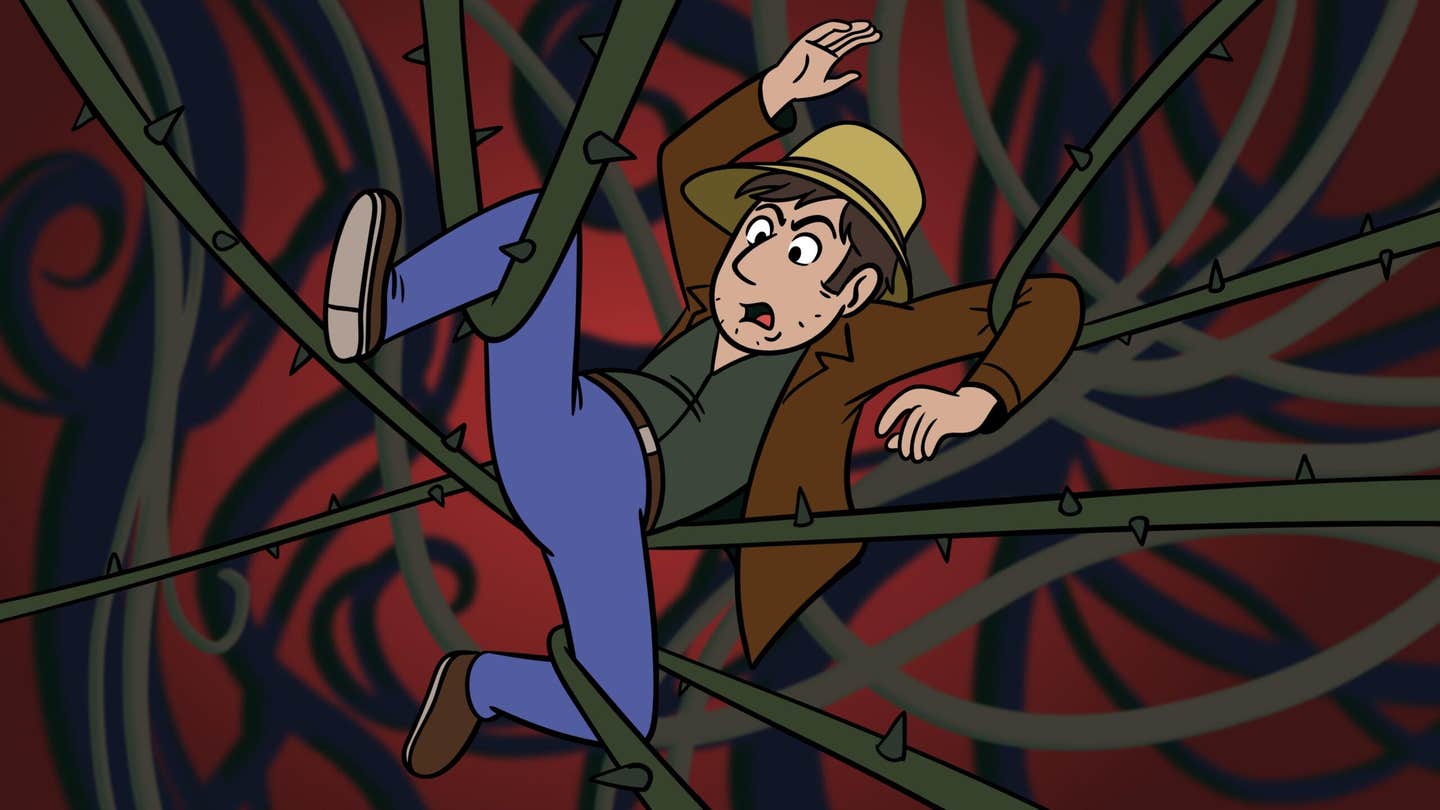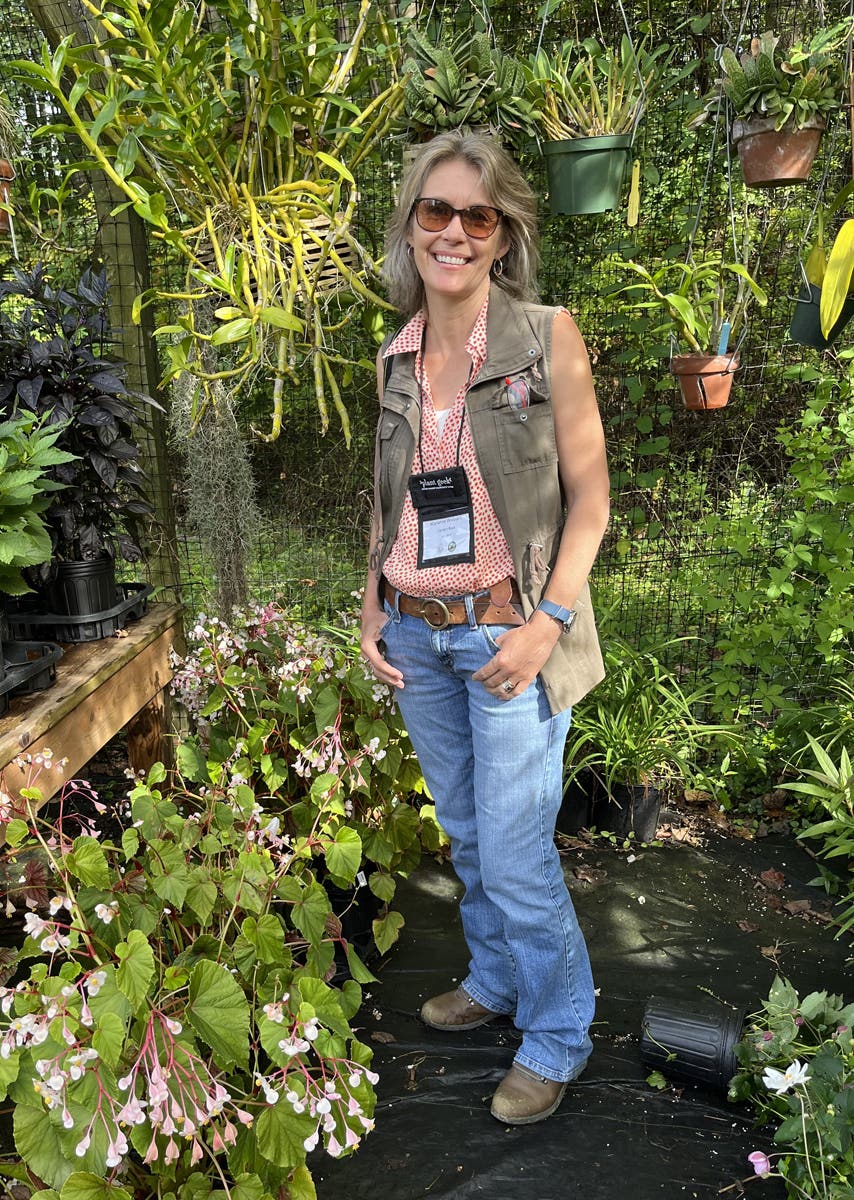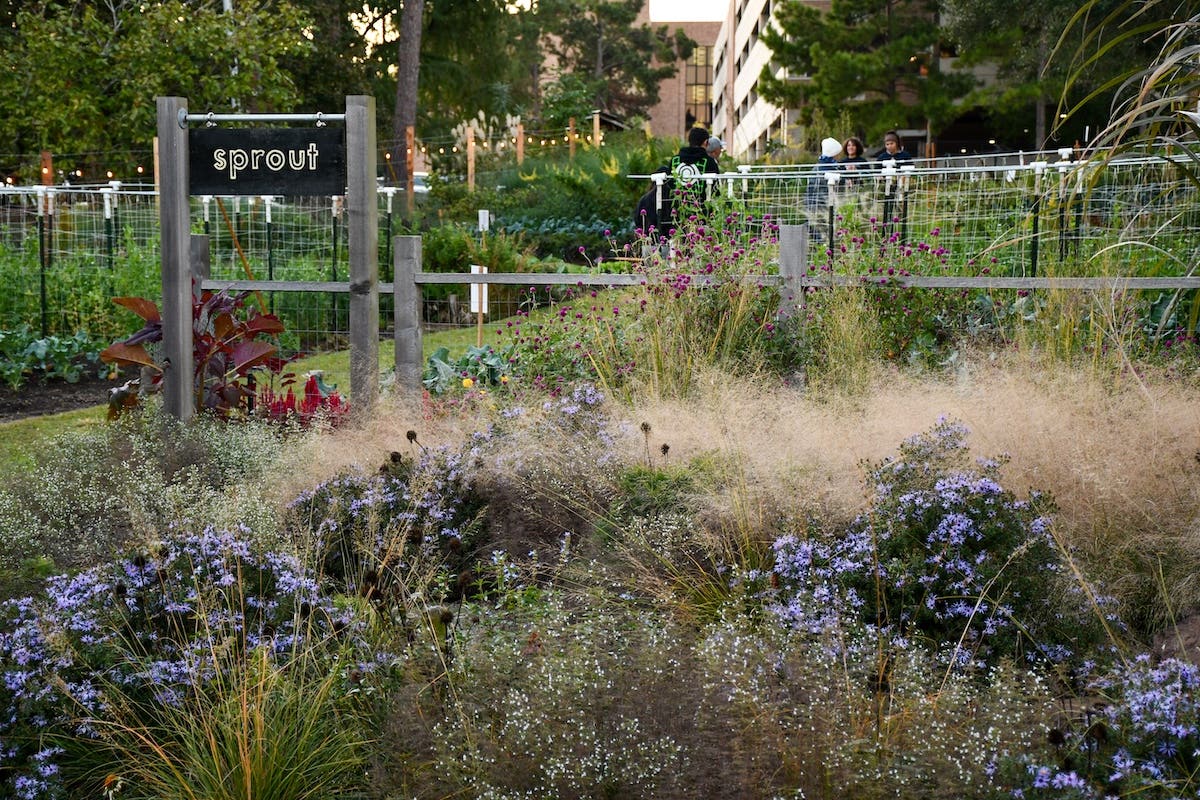Poisonous Plants Directory
A list of some of the most toxic plants among commonly grown garden plants.
Although they’re included in this list, I include yew (Taxus) and monkshood (Aconitum) in my garden. When children are too young to comprehend but old enough to be mobile—usually a short period—they are closely watched. Older children can understand that they should treat the plant with respect.
If any of the plants described here as severely toxic are eaten, you should seek urgent medical help from your doctor, walk-in clinic or an Emergency Room. Do not panic. Do not make the patient vomit. Take a sample of the plant with you.
Angel’s trumpet (Datura)
All parts of these plants are severely toxic.
Autumn crocus, meadow saffron (Colchicum)
All parts of these spring- and autumn-flowering plants are severely toxic if eaten and may also cause a skin reaction.
Castor-oil plant (Ricinus communis)
All parts of this bold-foliaged plant are severely toxic, especially the seed. Contact with the foliage can also cause an allergic reaction in some people, resulting in blistering, redness and itching.
Daphne (Daphne)
All parts of these popular evergreen and deciduous shrubs are severely toxic if eaten, especially the seeds. The sap may cause a skin reaction similar to a mild chemical burn, although this is unlikely to be serious or long-lasting.
Deadly nightshade (Atropa belladonna)
All parts of this perennial are severely toxic, and the black berries may well be tempting to children.
False hellebore, Indian poke (Veratrum)
All parts of these shade-loving perennials are severely toxic if eaten. It is thought that the foliage may cause a skin reaction.
Flowering tobacco (Nicotiana)
These attractive plants are severely toxic if any part of them are eaten. They may be a hazard to animals.
Fool’s parsley (Aethusa cynapium)
This common weed could be mistaken for parsley by a child. Its degree of toxicity is uncertain.
Giant hogweed (Heracleum mantegazzianum)
If eaten this spectacular plant is severely toxic. The more common complaint is that when the sap comes in contact with the skin in strong sunlight it sensitizes it, causing bad sunburn, itching and burning followed by dramatic blisters. The damage to the skin may last for six months or more; the other effects wear off in a few weeks.
Glory lily (Gloriosa superba)
All parts of this stunning flowered deciduous climber are severely toxic is eaten, and the tubers will cause a skin reaction similar to a mild chemical burn, though this is unlikely to be serious of long-lasting.
Hemlock (Conium maculatum)
All parts of this tall white-flowering weed are severely toxic. The plant can also cause allergic skin reactions.
Henbane (Hyoscyamus niger)
This unpleasant smelling annual/biennial weed has dull creamy yellow bell-shaped flowers with purple veins. It is common on bare and disturbed ground, particularly near the sea. All parts of the plant are severely toxic and can also cause skin irritation.
Laburnum, golden chain tree (Laburnum)
All parts of these trees are severely toxic, especially the seeds, which resemble peas in a pod.
Monkshood (Aconitum)
All parts of the plant are severely toxic, especially the roots. The chemicals in the foliage can cause skin irritation.
Morning glory (Ipomoea)
The seeds of these plants are severely toxic.
Oleander (Nerium oleander)
All parts of these evergreen shrubs are severely toxic if eaten. In addition, some people may have an allergic skin reaction to the foliage, though this is unusual.
Rue (Ruta)
All parts of this plant are toxic is eaten, though not life-threateningly so. The foliage can irritate the skin and make it excessively sensitive to sunlight, cause severe sunburn often with itching and blistering. The itching usually disappears within a week or two, but the skin may be marked for six months or more. Avoid coming into contact with this plant in strong sun.
Spurge (Euphorbia)
These widely grown plants are toxic if eaten, though not severely so. The more common problem is an allergic skin reaction that may occur in some individuals. Blisters, redness and itching may occur up to six days after contact.
Yew (Taxus)
All parts of this plant are severely toxic if eaten, though children will be most attracted by the berries. As it is often used for hedges, animals may be at risk.
Looking for something you can eat? Got to Fruit & Veggies.
Note: This text is excerpted from Family Gardens by Bunny Guinness (David & Charles, 2008; 128 pages; $19.99) Click here for more info or to purchase.







